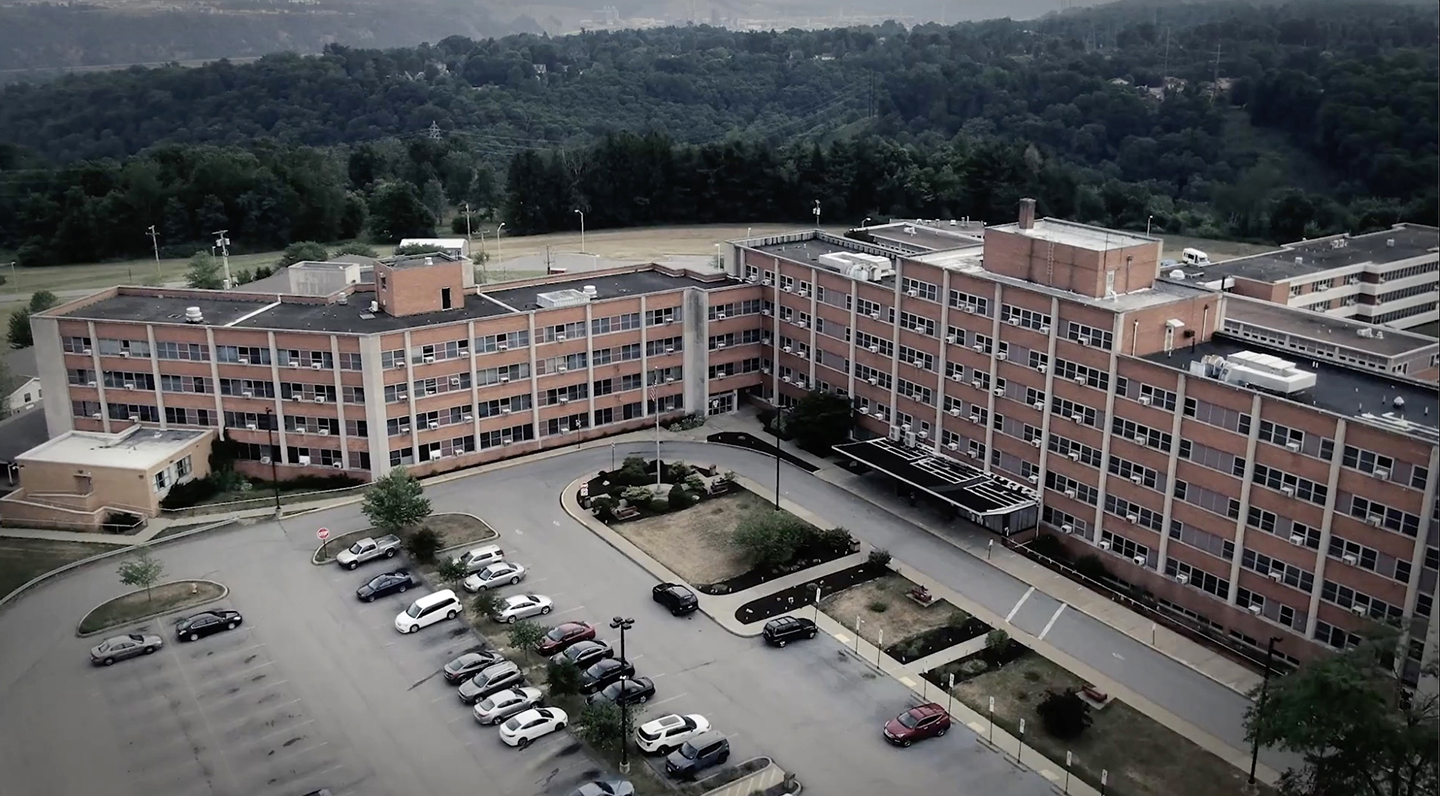

Story by Tribune-Review
Dec. 30, 2021
In the months after the Tribune-Review published an August 2020 investigation of what led to 83 patients and employees dying and more than 500 being sickened during the early days of the pandemic at Brighton Rehabilitation and Wellness Center, reporters pressed state and federal authorities to follow through on promises that someone would be held accountable for one of the most deadly outbreaks of covid-19 in the nation.
In monitoring the still precarious situation at Brighton one year later, reporters noted a vague citation on a state inspection report about the sexual assault of a patient by a fellow patient who was a convicted sex offender.
It was that report that tipped reporters to a bigger story of a growing tide of convicted sex offenders quietly entering the nation’s nursing homes, personal care homes and assisted-living facilities where some easily found their next victims.
The reporters soon learned that what happened at Brighton was not an isolated incident, but an all-too-familiar story playing out at care facilities across the state and nation. Ailing and vulnerable patients became the victims of a system failing to address the question of where the more than 900,000 sex offenders placed on Megan’s Law registries across the nation should go as they grow older and require medical care.
Spending five months analyzing records for nearly 25,000 convicted sex offenders in Pennsylvania, the reporters found offenders ranging in age from 30 to 88 in care facilities in small towns and big cities across the state.
They encountered roadblocks with the Pennsylvania State Police and the state Department of Health, both denying requests under the commonwealth’s Right to Know Law for basic information regarding the offenders and the assaults that occurred.
The inconsistent reporting of offenders’ names and addresses on a state police database made a computer-assisted analysis of how many were living in nursing, personal care and assisted-living homes, challenging. To back up the automated searches, reporters conducted manual searches of records for all offenders in Western Pennsylvania counties.
Those reporters also were met with resistance from officials at care homes housing the offenders, some of whom threatened to have the reporters arrested during visits to their facilities.
And then there were the patients, their families and care center employees unwilling to speak for fear of retribution.
The reporters spent months reviewing court records of those convicted across the state, including testimony by offenders who expressed remorse that they could not control the sexual urges that led them to commit the assaults.
They even reached out to some of those offenders, asking them to share their stories.
The result is a comprehensive report shining a light on a simmering crisis that experts fear will only escalate as the numbers of aging sex offenders across the nation continues to grow.
Related stories
• Hidden Danger: Registered sex offenders often go undetected in care homes
• State lawmakers vow to better protect care home residents from convicted sex offenders
• Brighton Rehab no stranger to federal, state scrutiny for resident care
• No central registry in Pennsylvania tracks convicted sex offenders placed in nursing care facilities